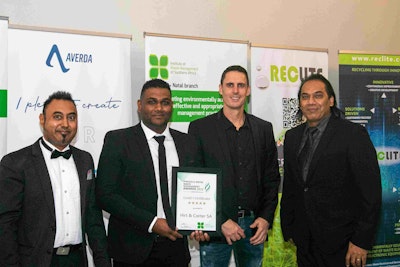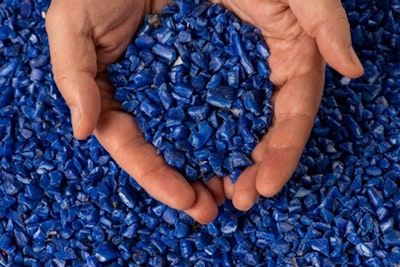There is a reason why medical and sanitary waste is supposed to be placed in separate specialised containers to regular waste. Used hygiene and surgical products often contain remnants of bodily fluids and infectious pathogens that can lead to serious health and environmental risks if not managed properly.
Diseases such as HIV and Hepatitis B can be prevalent in the sanitary waste receptacles, and so waste management providers need to handle them with care and diligence. However, according to Averda South Africa’s head of the healthcare division Eugene Barnard, the management of sanitary waste is not strictly governed by any formal legislation, which means that waste management providers can cut corners and slack on their responsibilities.
Large businesses are major sanitary waste generators, and they should question where their waste ends up, and what risks it may pose to the environment and public health. “Sanitary waste generators should be asking their service providers whether their waste is being responsibly disposed of in a manner that can be traced back to the origin,” says Barnard.
Averda and sanitary waste management
Averda treats sanitary waste in accordance with the draft Healthcare Risk Waste Management Regulations that was proposed by the Minister of Water and Environmental Affairs, Edna Molewa, in 2011.
Sanitary waste is classified as health care risk waste and should be sterilised by incineration before being disposed of under dry conditions at a certified hazardous waste site. “We believe in going beyond the minimum legal requirements to ensure that sanitary waste – which, of course, includes sensitive substances such as blood – is treated in such a way that it is disinfected beyond a shadow of a doubt,” says Barnard.
Another approved method of disposing of sanitary and medical waste is electro-thermal deactivation - an eco-friendly method that changes the particle character of hazardous waste that renders it harmless, with zero emissions of any liquids, solids or gas.
Any medical and sanitary waste that ends up in any uncertified landfill sites poses a significant risk of groundwater contamination if rain falls on untreated waste. “In parts of the Western Cape, where water shortages have already reached terrifying proportions, the potential for surface and groundwater contamination must be avoided at all costs,” exclaims Barnard.
Technological advances with Averda
Averda is currently testing Radio Frequency Identification (RFID) methods that can track waste and trace where it ends up. By using tags attached to sanitary receptacles and healthcare risk waste containers, this hazardous waste can be traced to any location.
“RFID will give us the ability to record transactions from inception to completion in a manner in which human intervention is largely eradicated, along with human error,” explains Barnard. “Our RFID tracking and e-info dashboard system aims to provide our clients with easy-to-access, secure and real-time overwatch capability - showing them when, where and how much material is collected, transported, treated and disposed of,” he adds.


